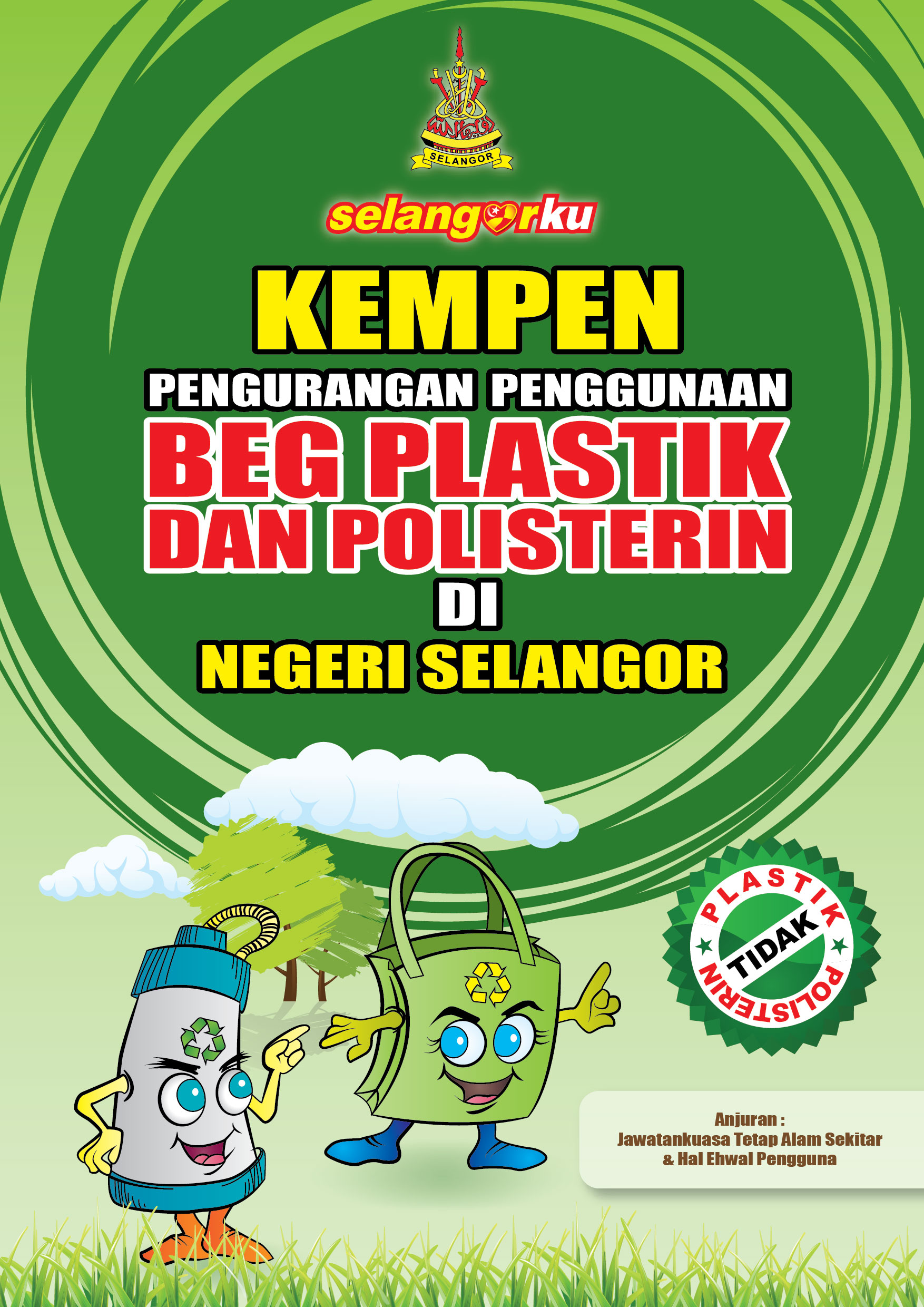
Credit: selangorstatepark.blogspot.com
SHAH ALAM: An equivalent of 300 football fields( each 0.7 hectares) of forest reserve will be destroyed with the construction of the proposed East Klang Valley Expressway (EKVE).
The executive summary of the detailed environmental impact assessment (DEIA) report, available online, revealed that the EKVE would affect 214.7 hectares of forest reserve, displace protected species and affect water catchment areas.
Three Forest Reserves in Selangor; Hulu Gombak, Ampang and Hulu Langat will be affected according to the study carried out by UKM Pakarunding Sdn Bhd.
The DEIA highlighted that protected wildlife such as tigers and tapirs in these three forest reserves will be affected by the highway.
These solitary animals could be displaced to neighbouring plantations, orchards or villagers.
“The displaced tapir could be killed by poachers and if food resources are limited, tigers might shift to livestock that can easily be hunted and killed,” stated the report released on Dec 12.
Destroying the vast stretches of forest reserve will reduce habitat and open the area to poachers.
The DEIA is recommending that developer Ahmad Zaki Resources Bhd align the 35.5km-long EKVE “as close or along forest boundary” and fence up the forest strips along the highway.
In addition, the EKVE will pass through potential World Heritage site Klang Gates Quartz Ridge in Hulu Gombak Forest Reserve.
As such, the developer is expected to construct two parallel 200-metre underground tunnels to avoid cutting through the ridge, according to the report.
Connecting the Karak Expressway to the Kajang Silk Highway, the EKVE is part of the larger Kuala Lumpur Outer Ring Road (KLORR).
It will allow motorists from Kepong, Selayang and Gombak to travel to Bangi, Kajang and Subang without passing through Kuala Lumpur and vice versa. It is also expected to ease traffic congestion along the Middle Ring Road Two.
The report also revealed that the proposed highway will cut across at least 19 rivers including the upstream of Klang River, where the Klang Gate Dam is located, and Sungai Ampang. Both areas are vital water catchment areas for Kuala Lumpur.
The DEIA report noted that water quality will be affected by site clearing and earthwork activities during construction as well as base camp activities.
“The main effects will be from the run-off containing water of high turbidity and high suspended solids, especially on rainy days, due to the activities,” the report wrote.
Accidents involving oil or chemical tankers during construction could potentially pollute the important rivers that supply the Klang Gate Reservoir.
“Without proper and adequate oil or water interceptors, the impact can be considered serious for the reservoir water,” the DEIA said.
Studies on the preliminary design also showed that at least seven slopes would be cut for the highway construction.
“The possibility of slope failures, especially for high cut slopes in granite areas exists.”
The report stated that surface runoff will be high at steeply cut slopes.
“To minimise the impact of surface runoff, a buffer zone of about 10 to 25 metres between the cut areas to the affected river along the spur road at Ampang interchange, Sungai Ampang, Sungai Sikamat must be allocated.”
Besides buffer zones, the report indicated that 90 percent of of soil loss could be reduced by terracing and mulching the slopes as well.
The public has until Feb 3 to fax or mail their objections or comments to the project.
The DEIA is available for public viewing at DOE headquarters and all its state offices, Ampang Jaya Municipal Council, Kajang Municipal Council, Selayang Municipal Council and the national library in Kuala Lumpur.
The DEIA executive summary is also available online at http://bit.ly/ekve_deia.
Article Source http://selangortimes.com/index.php?section=news&permalink=20120112203557-ekve-will-affect-forest-reserve-says-deia-report-







Leave a comment